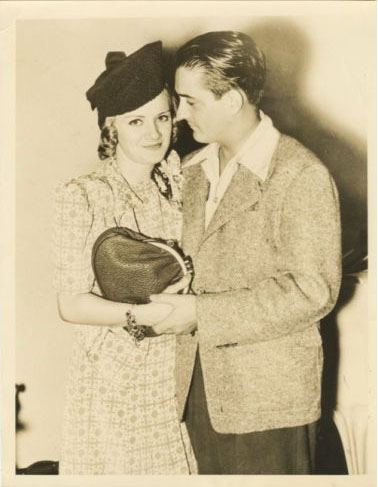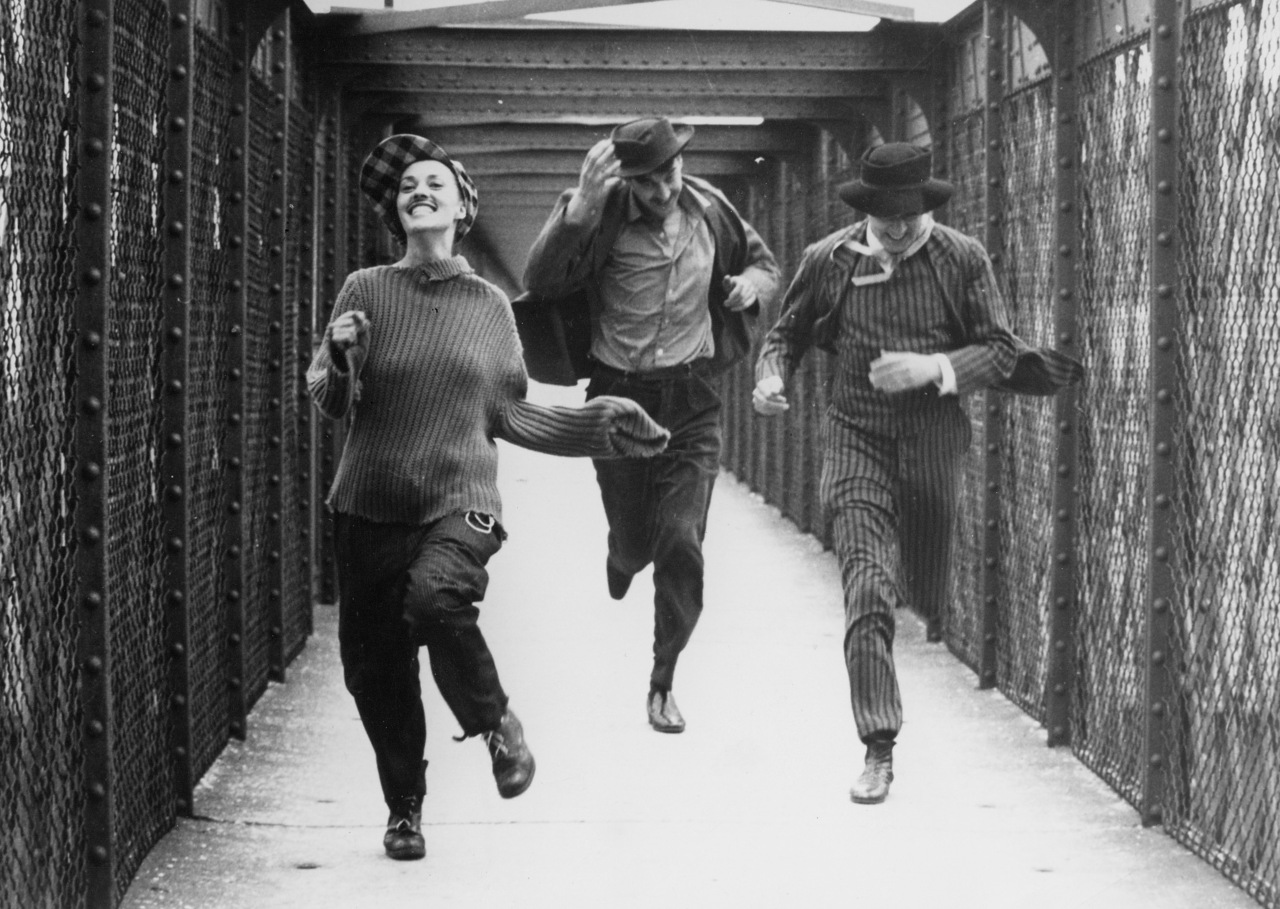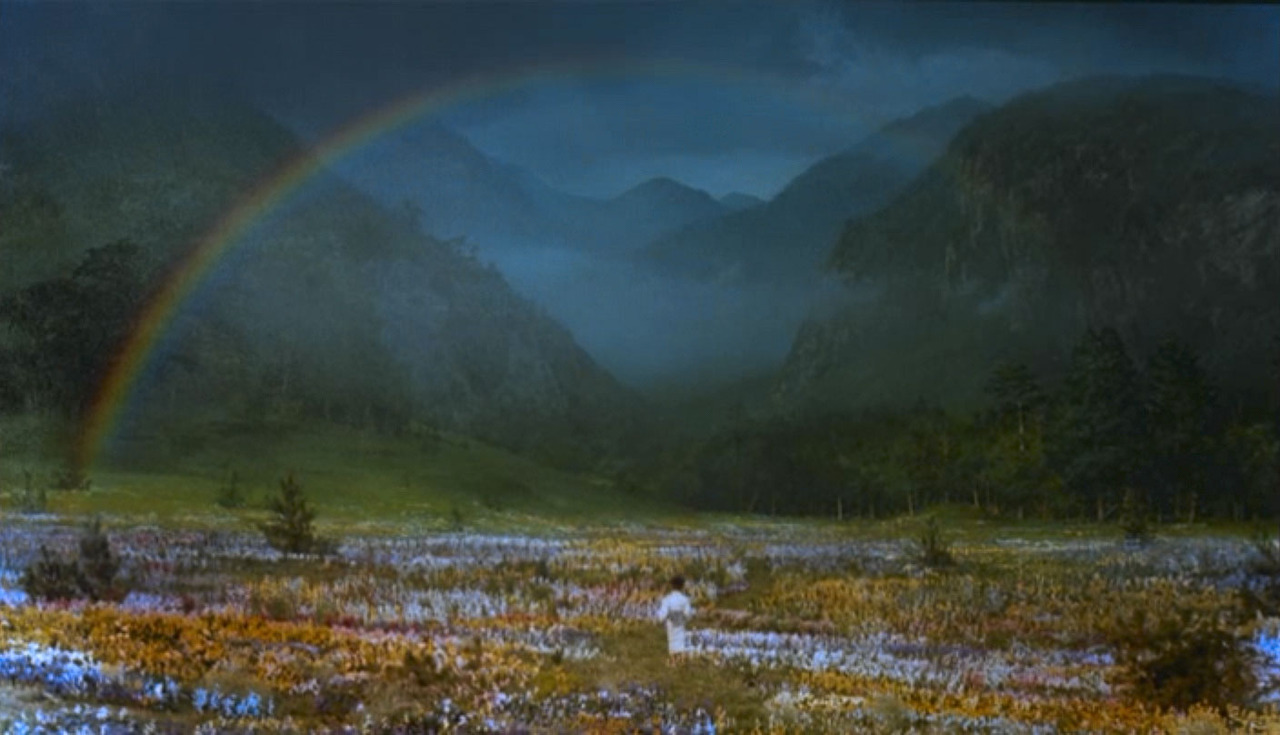Links and write-ups about beautiful things from around the web!
-
The sounds instruments make
From a Language Log article on musical onomatopoeia:
Ryan Y. wrote to ask about words for “the sounds instruments make”. He points out that in English, “Drums go ‘rat-a-tat’ and ‘bang,’ bells go ‘ding dong,’ and sad trombones go ‘wah wah’”, but he notes that there are some gaps that he finds surprising:
Few instruments are as popular in the US as the guitar, but I have no idea what sound a guitar makes. There are gaps even for the standard high school band/orchestra instruments. What sound does a violin make? A flute? For that matter, what sound does an orchestra make? A rock group?
Is there a compelling explanation as to why we have words for the sounds of bells, trombones, and tubas, but not guitars? Why do we lack words for the sounds of groups of instruments? Do, say, Italians have a word for the sound a violin makes? Do the French have a word for the sound of a French Horn?
Good insight in the comments about different possible sound associations. For me, the question just makes me think of Eh Cumpari!, a novelty song that got drilled into my head by the overhead music system at the bookstore I used to work at.
-
Physicists break color barrier for sending, receiving photons
To be filed under “research I like reading about even if I don’t quite understand how it works”, new studies from the University of Oregon into altering and controlling the color of light on the scale of individual photons in fiber optic signalling:
In experiments led by Raymer’s doctoral student Hayden J. McGuinness, researchers used two lasers to create an intense burst of dual-color light, which when focused into the same optical fiber carrying a single photon of a distinct color causes that photon to change to a new color. This occurs through a process known as Bragg scattering, whereby a small amount of energy is exchanged between the laser light and the single photon, causing its color to change. […]
“In the first study, we worked with one photon at a time with two laser bursts to change the energy and color without using hydrogen molecules,” he said. “In the second study, we took advantage of vibrating molecules inside the fiber interacting with different light beams. This is a way of using one strong laser of a particular color and producing many colors, from blue to green to yellow to red to infrared.”
The laser pulse used was 200 picoseconds long. A picosecond is one-trillionth of a second. Combining the produced light colors in such a fiber could create pulses 200,000 times shorter – a femtosecond (one quadrillionth of a second).
(Via ACM TechNews)
-
Thomas Kinkade Disney
Oh, good, Thomas Kinkade, beloved painter of light, alleged swindler of Christians, soiler of cartoon bears and drunken yeller of “codpiece!”, is now tasked with ruining classic Disney scenes for profit. He recently went on the ShopNBC TV channel to peddle a “surprise edition” of his Disney prints, and the hostess’s reaction borders on the obscene.
Did you know he used to work for Ralph Bakshi?
That son of a bitch! Kinkade was the coolest. If Kinkade wasn’t a painter, he’d be one of those cult leaders. Kinkade came into my office with James Gurney when I was looking for background artists [for Fire and Ice]. He’s a good painter, and he did a spiel. He made all these deals. How he went out and did what he did is beyond my understanding now. He’s very, very talented, and he’s very, very much of a hustler. Those two things are in conflict. Is he talented? Oh yeah. Will he paint anything to make money? Oh yeah. Does he have any sort of moralistic view? No. He doesn’t care about anything. He’s as cheesy as they come.
See also: Thomas Kinkade’s Sixteen Guidelines for Making Stuff Suck
(Via Cartoon Brew)
-
The accent of elision
Probably one of the very worst things about the English writing system (and it has a huge long list of bad things about it) is that it very clearly employs 27 letters in the spelling of words but there is a huge and long-standing conspiracy to market it as having only 26. Insane, but that’s what English has done.
From an appropriately enigmatic post on Language Log regarding our forgotten letter.
-
Popeye Olive Oyl Marriage

More things I did not know: on the right is Jack Mercer, the famed voice of Popeye from 1935–1984, and on the left is Margie Hines, who voiced Olive Oyl from 1938–1943. The two were married in 1939. How romantical!
(Via Cartoon Brew)
-
Hokusai Glasses

Megana-ya (Seller of Eyeglasses), by Hokusai, circa 1811-1814, part of a incredibly great collection of health-related Japanese woodblock prints housed at the University of California, San Francisco. Having recently bought a new pair of glasses, I can relate.
(Via Pink Tentacle)
-
Wrapped Snoopy House

An art world / comics story I hadn’t heard before: in November of 1978, a Peanuts strip ran in which Snoopy expresses his love for Christo and Jeanne-Claude’s ephemeral environmental installations. 25 years later the artists responded by presenting the Charles Schulz Museum with an actual reconstruction of Wrapped Snoopy House.
(Image above from Landfall Press, where you can buy a litho of the artists’ working collage for this piece)
UPDATE: there’s a nearly identical post over at Dinosaurs and Robots, dated almost exactly 24 hours before this post. I’d honestly not seen that when I posted this, so there must be something freaky going on in the collective unconscious…
-
iPad Light Paintings
This film explores playful uses for the increasingly ubiquitous ‘glowing rectangles’ that inhabit the world.
We use photographic and animation techniques that were developed to draw moving 3-dimensional typography and objects with an iPad. In dark environments, we play movies on the surface of the iPad that extrude 3-d light forms as they move through the exposure. Multiple exposures with slightly different movies make up the stop-frame animation.
We’ve collected some of the best images from the project and made a book of them you can buy: http://bit.ly/mfmbook
Read more at the Dentsu London blog:
http://www.dentsulondon.com/blog/2010/09/14/light-painting/
and at the BERG blog:
http://berglondon.com/blog/2010/09/14/magic-ipad-light-painting/From Dentsu London, Making Future Magic:
We use photographic and animation techniques that were developed to draw moving 3-dimensional typography and objects with an iPad. In dark environments, we play movies on the surface of the iPad that extrude 3-d light forms as they move through the exposure. Multiple exposures with slightly different movies make up the stop-frame animation.
Take that, Picasso.
-
Jules and Jim

Jim: “Either it’s raining, or I’m dreaming.”
Catherine: “Maybe it’s both.”
From François Truffaut’s Jules and Jim, another turbulent French New Wave film to cross off of my list. Sort of charming and depressing at the same time, outlining the difficulties of juggling art, friendship and love in a turbulent era (its reportedly a near-biographical account of a love triangle between Marcel Duchamp, Henri-Pierre Roché, and Beatrice Wood). Very innovative cinematography and editing work for 1962. If nothing else, be sure to check out the famous tracking shot where the trio is riding bikes together downhill, evidently shot from the vantage of another bicycle, a scene made possible by the revolution in light-weight camera manufacturing.
P.S. for the Jean-Pierre Jeunet fans: this is the movie that Amelie’s watching in the theater, and I’m pretty sure that there are a lot of movies with voiceover narrators that took inspiration from this film…
-
Kurosawas Dreams

Akira Kurosawa’s Dreams (夢,Yume): a mostly quiet, artful film with eight short vignettes (five dreams and three nightmares) reflecting the remembered dreams of the director throughout his lifetime. Despite the segments being separate, discontinuous stories, I enjoyed their shared abstract sense of looking for something, a great dream motif. Unfortunately the quality of the pieces vary, but the ones that are good border on the sublime. In some ways they remind me of animated versions of Jeff Wall’s artifically-constructed photographs (but maybe I’m just conflating this film’s first nightmare with Wall’s Dead Troops Talk).
Like many of his other later movies, Kurosawa had difficulty getting this film financed by the Japanese studios, but a script sent to Steven Spielberg helped secure money from Warner Bros. Interestingly, the visual effects in the movie (including a walking-through-an-oil-painting sequence later echoed in What Dreams May Come) were supervised by Ken Ralston of Industrial Light and Magic (of Star Wars and Back to the Future fame), and there’s a cameo by Martin Scorsese as Vincent van Gogh, so despite the traditional Japanese cultural elements, there’s definitely a Western tinge to this one.
Other good movies about dreams and dreaming:
- 8½ (film and memory as dream)
- Brazil (dreams as heroic escapism)
- Waking Life (once you get past the philosophizing, it clicks)
- The Science of Sleep (not my favorite Gondry film, but fun)
- Hatsu Yume (Bill Viola’s video art piece, worth mentioning even if it’s not strictly a ‘movie’)
- Paprika (vividly crazy dream visuals from an anime master)
- I assume that Inception and Vanilla Sky / Abre los ojos should be in this list, but I haven’t seen them yet…
Any others I should know about?
